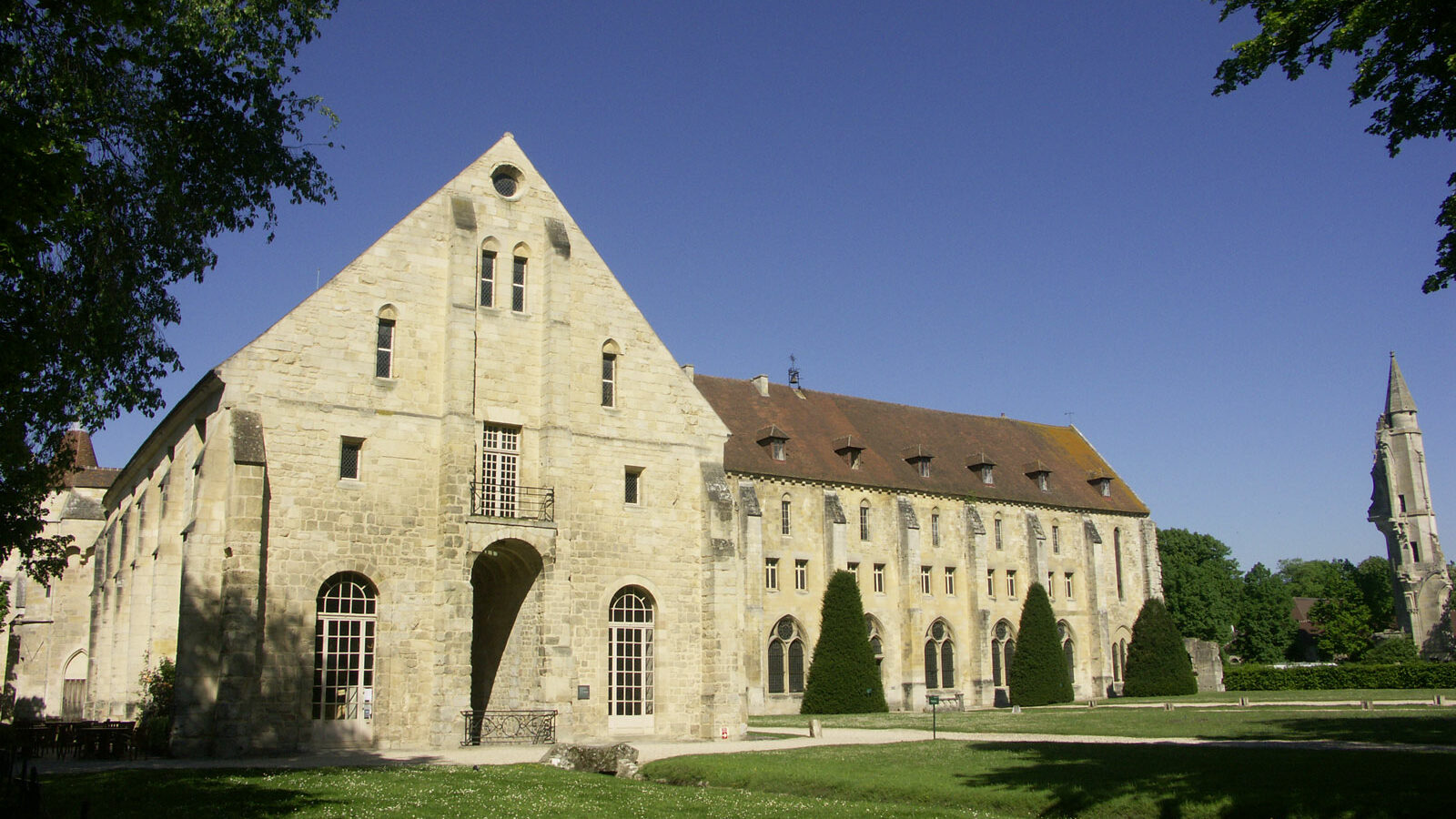Add to favorites
Located about thirty kilometres north of Paris, the Abbaye royale de Royaumont invites you to discover its remarkable history. Surrounded by ornamental lakes and streams, it bears unique witness to the history of the Cistercians.
The abbey contains several treasures of Gothic architecture: the refectory with its decorative medieval tiling, the latrine building served by a canal, the huge cloister, the park and three gardens. It also hosts a variety of musical and arts events throughout the year.
A royal abbey
The abbey was built between 1228 and 1235 with patronage from Saint Louis (Louis IX), who devoted up to two-thirds of his kingdom’s annual income to the project. He followed the building work very closely, even getting involved in ‘carrying stones and mortar’.
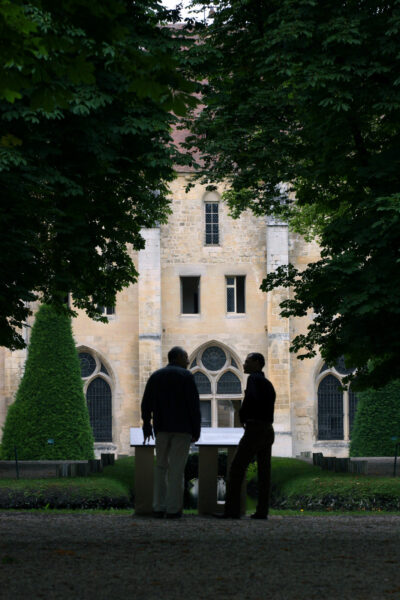
He also negotiated with the mother abbey of Citeaux, which sent a sufficient number of monks. In its early days, 114 monks and around forty lay brothers were involved in the life of the abbey. Throughout his reign, Saint Louis not only donated money and land to Royaumont, but also assigned rights and benefits of all kinds to the abbey.
Saint Louis often stayed at Royaumont, sharing in the daily life of the monks. The king served the monks at table, asked to be allowed to wash their feet and cared for them when they were sick – even with leprosy, in one case. The abbey opened a hospital, which, until the 18th century, looked after the ill and infirm from all around.
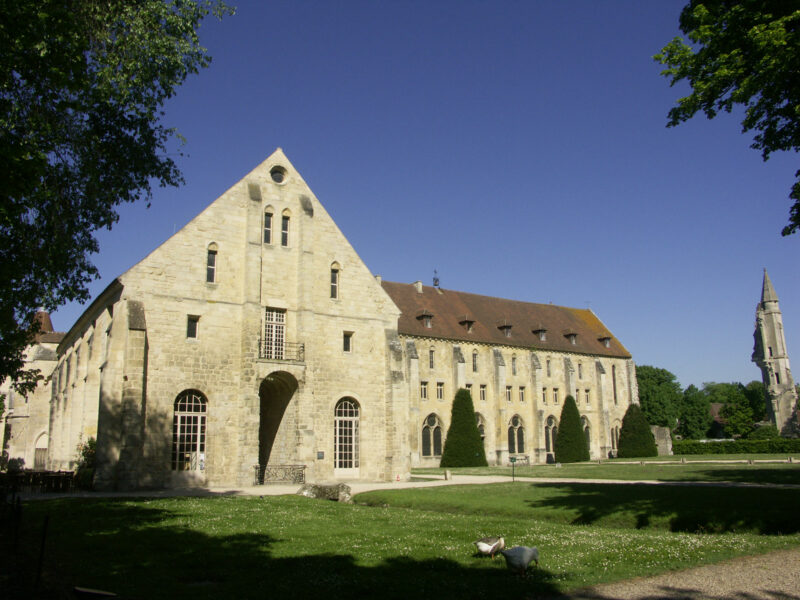
On the king’s death, the abbey received a third of the contents of the royal library and became one of the best-equipped libraries in the kingdom. Thanks to its wealth of documents, one of its residents, Vincent de Beauvais, was able to write his encyclopedia, the most important compilation of knowledge of the Middle Ages. It remained the greatest source of knowledge in the Western world until the mid-18th century.
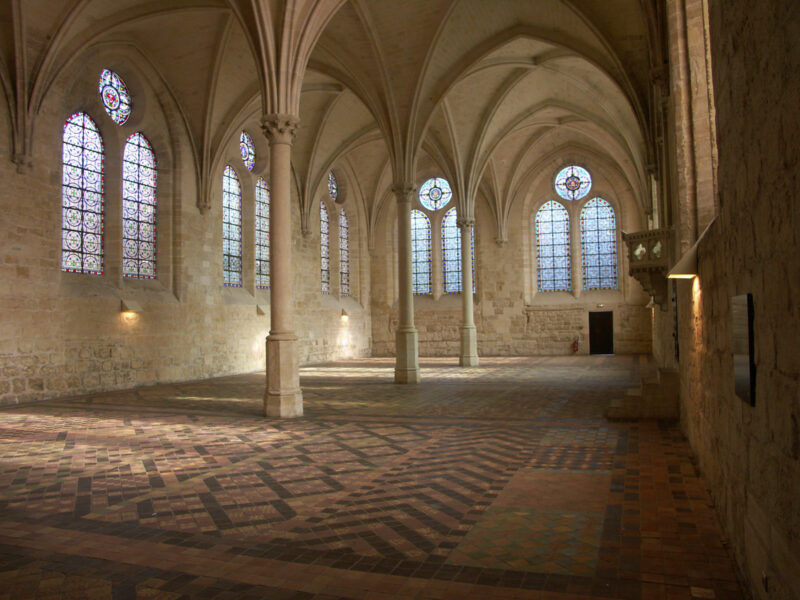
Hard times
During the Hundred Years’ War, the abbey was vandalised several times. Its abbots were forced to swear allegiance to the English and its possessions and resources were diminished. The number of monks becomes very small, barely twenty-five at any one time. Their fidelity to the abbey and their morals are slackening.
At the end of the Hundred Years’ War, in an attempt to reinforce observation of the Rule in the various abbeys, the Order of Cistercians implemented inspections by abbots from other Cistercian abbeys. Within this scheme of ‘fraternal assistance’, the task of reforming the powerful Abbaye de Chaalis fell to the Abbaye de Royaumont, which thereby regained a good reputation.
From 1549 onwards, the abbeys were managed by commendatory abbots, appointed by the Crown. This meant making a profit from them!
The last commendatory abbot, a regular at Versailles, built a splendid neo-classical abbey palace, inspired by the Petit Trianon, where he could receive guests in style.
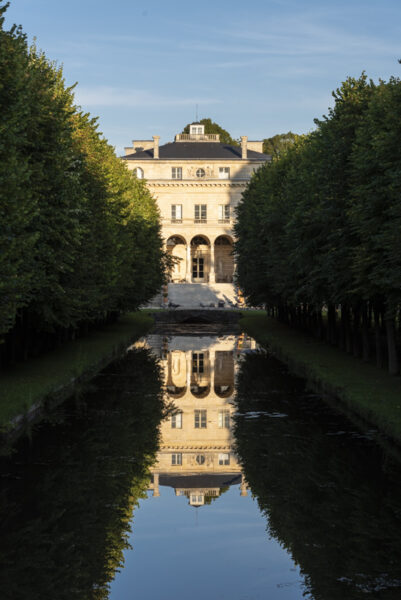
An abbey opening up to the outside world
During the French Revolution, the abbey was sold as a bien national. The church was demolished – only a turret remains – and the remaining buildings were transformed into a textile factory. The regional economy benefited from weaving and spinning industries.
Famous Parisians also came to enjoy the country air. They were invited to the abbey palace and to small pavilions in the park.
In 1864, some nuns bought the place, which had once again fallen into disrepair, and set up their novitiate. The sisters-to-be were offered a choice of four training courses: agriculture, education of young girls, ‘instruction of the ignorant’ or care of the impoverished sick.
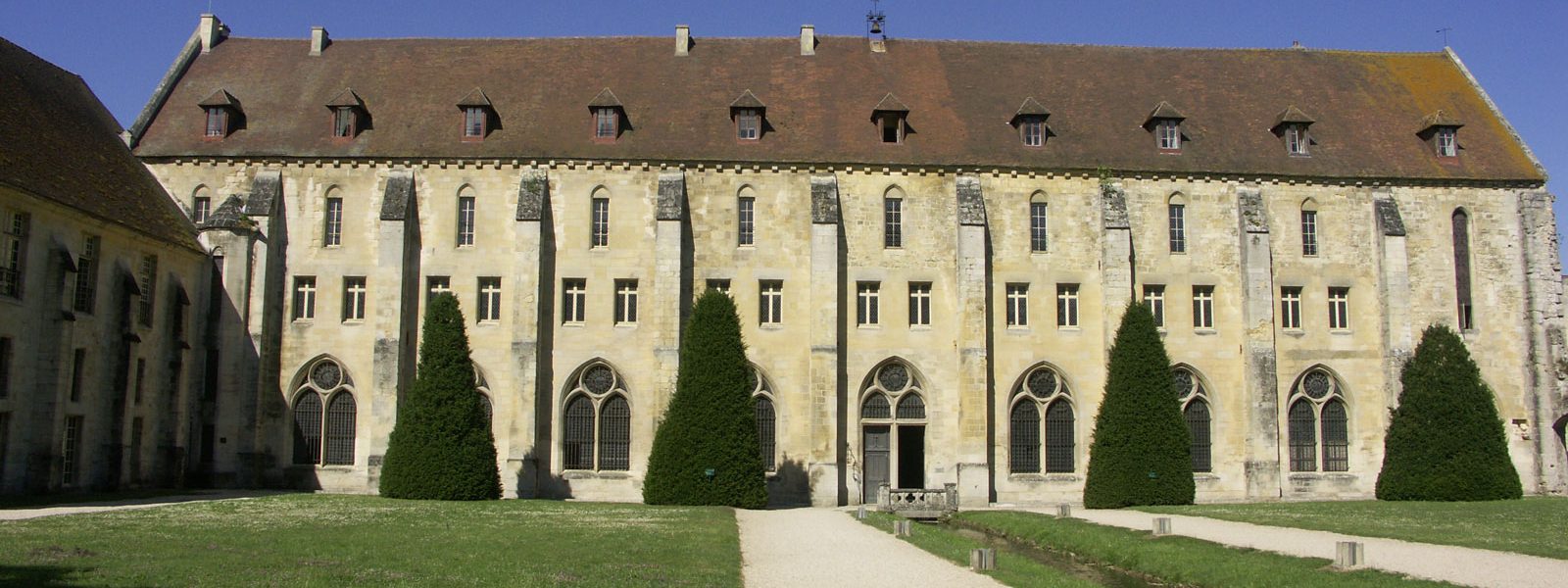
In 1899, the sisters decided to sell the abbey. It was bought by Jules Goüin, an industrialist, who already owned the abbey palace, which he used as his holiday home.
In December 1914, one of his sons, Édouard, made the unoccupied abbey buildings available to the French Red Cross to open a hospital for war wounded. The entire medical corps and all the staff, from Scotland, were women – and were militant suffragettes.
In 1934, his grandson Henry and his wife Isabel opened the doors of the abbey to artists, organised concerts and made this a place of intellectual reflection and musical and cultural creation. They gave the abbey to the Fondation Royaumont, which they created in 1964. The first private foundation with a cultural objective, it has managed the premises since then.
Sold in 1923 to pay inheritance tax, the abbey palace today hosts seminars.
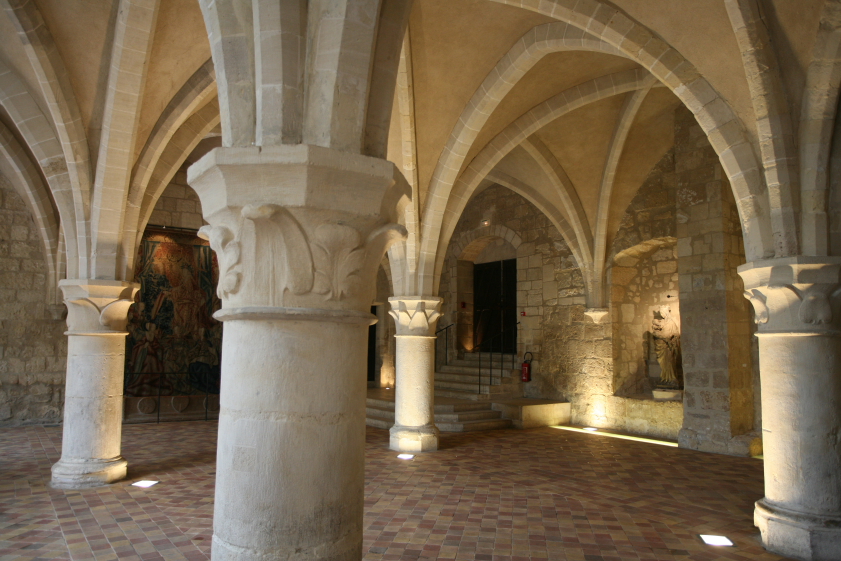
Practical information
Abbaye royale de Royaumont
95270 Asnières-sur-Oise
Tel: +33 (0)1 30 35 59 70
www.royaumont.com
To complete your visit:
Discover a walk by clicking on this link, or download the app ‘rando Parc Oise’ to be geolocated.
Add to favorites



